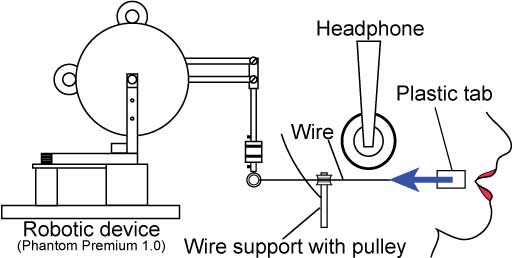
Figure 1: Experimental setup for stretching facial skin
[ Lay Language Paper Index | Press Room ]
Takayuki Ito- taka@haskins.yale.edu
Mark Tiede
David J. Ostry
Haskins Laboratories
300 George Street
New Haven, CT, 06511
Popular version of paper 4pSC3
Presented Friday afternoon, November 30, 2007
154th ASA Meeting, New Orleans, LA
Perception is a process that involves a number of inter-dependent sensory modalities. However, one interaction that is particularly intriguing occurs between auditory processing and skin sensation. This may seem like a rather unlikely neural interaction since these are seemingly quite unrelated sensations. However it may well be relevant to the perception of speech sounds since speech processes and certainly speech production involves both auditory information and the sensations that arise from the muscles and tissues of the vocal tract.
In this work we have explored the idea that an interaction between auditory signals and skin sensations might be involved in the neural processing underlying speech perception. To test this idea, we conducted a series of experiments to see whether we could alter speech perception by modifying skin sensation in a way that is similar to that produced by facial motion during speech.
In a test of auditory perception of speech sounds, we focused on two relatively similar sounding words, "head" and "had", by using an artificially created continuum of eight additional words intermediate between these two endpoints. We were interested in whether we could change the perceptual boundary at which a word sounded more like "head" than like "had" by altering facial skin sensations as subjects listened to one of these ten words presented in a randomized permutation order by computer.
We programmed a small robotic device to introduce facial skin sensations. As shown in Figure 1, the small plastic tabs were attached to the skin at the sides of the mouth bilaterally, and were connected to the robotic device through thin wires. The skin at the sides of the mouth was stretched by a force in a manner that was much like that experienced during facial motion in speech. This skin stretch was timed to precisely coincide with the presentation of the auditory stimulus so that the subjects perceived both signals simultaneously.

Figure 1: Experimental setup for stretching facial skin
When we compared the perceptual boundary between "head" and "had" under normal conditions and during skin stretch, we found that speech perceptions changed in a predictable way depending on the direction in which we stretched the skin. When we stretched the skin upward, the words sounded more like "head", when we stretched the skin downward, they sounded more like had, and when we stretched the skin backward there was no effect at all. This shows that that skin sensations that would normally be encountered during the production of speech sounds can alter the way in which speech sounds are heard.
Previous studies have suggested that sensory receptors in the skin provide information corresponding to the stimulus direction (Edin 1995) and receptors in the skin at the sides of the mouth may provide information concerning jaw motion (Ito 2007). Different directions of skin stretch at the sides of the mouth may thus provide a sensation of jaw motion in that direction.
Since the production of "head" involves a higher jaw position than the production of "had", subjects may have been biased to hear "head" more than "had" by a sensation of upward motion due to the upward skin stretch, and similarly may have shown the opposite trend in the downward case. In the backward case, since little backward motion of the jaw is associated with either "head" or "had", this perturbation would not have been expected to affect the current perceptual task at all. These data show that somatosensory information can be influential in the neural processing of speech perception.
This systematic modulation of speech sound processing indicates that there is a close tie between the neural processes of speech perception and production. This finding also shows that facial skin movement plays an important role in the sensation of motion during speech.
Edin BB, Essick GK, Trulsson M, Olsson KA (1995) Receptor encoding of moving tactile stimuli in humans. I. Temporal pattern of discharge of individual low-threshold mechanoreceptors. J Neurosci 15:830-847.
Ito T, Gomi H (2007) Cutaneous mechanoreceptors contribute to the generation of a cortical reflex in speech. Neuroreport 18:907-910.
[ Lay Language Paper Index | Press Room ]